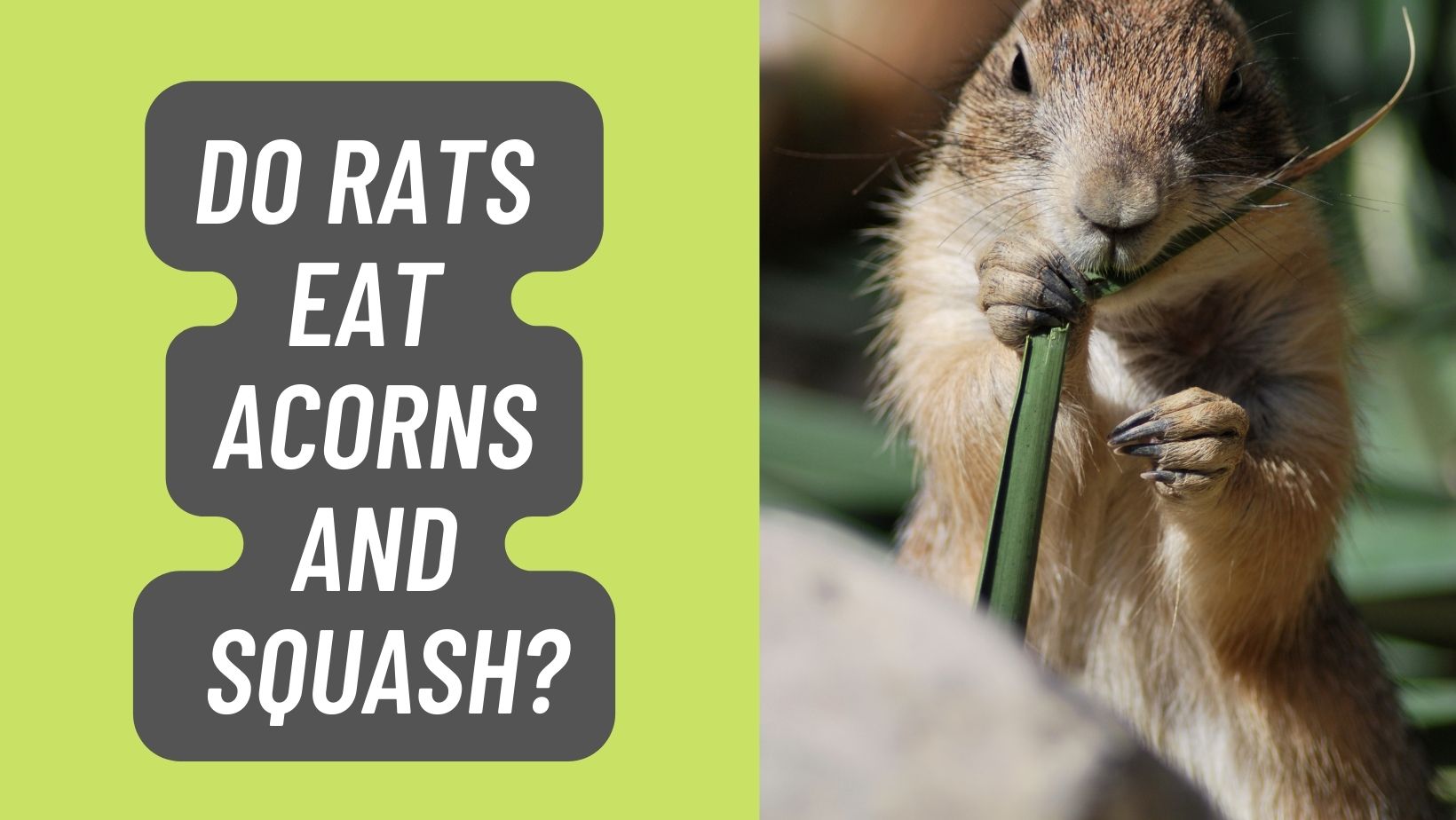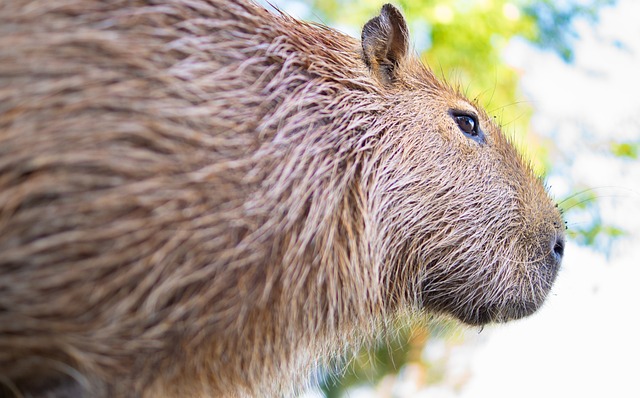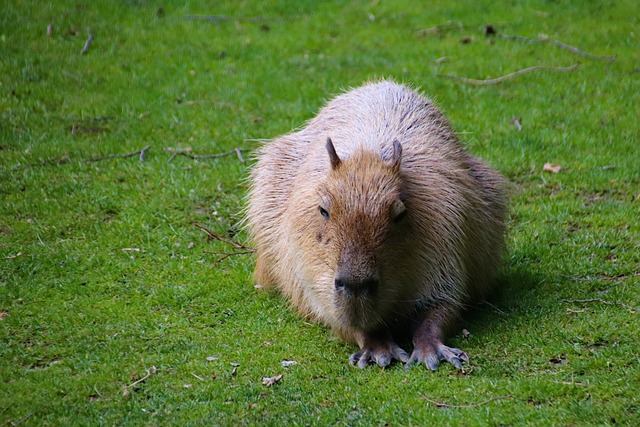Welcome to our blog
We’re thrilled to have you here and can’t wait to share our journey with you.
This space is dedicated to exploring a myriad of topics, offering insights, and sparking conversations. Whether you’re here for inspiration, information, or just a good read, we’re committed to providing you with content that resonates.

How Long Can Rats Survive without Water? 1 month or More?
The essentiality of water to every living organism cannot be denied. It helps prevent dehydration, aids with food digestion regulates body temperature and gets rid of toxins from the body. So, like you, your pet rat needs to drink water too. So, how long can rats go without water? Not more than two weeks! If…

How Long Can Rats survive without Food?
Rats are hardy creatures and thrive well even in extreme conditions but can rats live without food? The answer is Yes! They actually can go longer without drinking water than they would without consuming meals. How Long Can Rats survive without Food? Yes! Rats can go without food source for a week or more depending…

Can Rats Live Without a Tail? How Long? SEE HERE!
Wondering; Can Rats Live Without a Tail? First looking at a rat will make you wonder why they have tails in the first place. It doesn’t look as pretty as the rest of the body. It’s hairless, ugly, long, and unneeded in my opinion. However, the rat’s tail has evolved over the years to become…

Can Rats Hop, Jump or Run? LEARN MORE
In the wild, rats will live in burrows up to 3 meters deep but when the first frosts sets in and food becomes scarce, they can be forced to leave their residence and seek a warmer, better nesting site. If you see rats or mice nesting by and there is an entry point to your…

Can Rats eat Rats, Baby Rats, or Dead Rats?
Cannibalism in rodents is not uncommon. Since rats are scavengers, they will consume corpses of deceased rats so the smell doesn’t attract predators to their nest or colony, as well as to ration nutrients when food is difficult to find. Wild rats are typically scavengers but are also predators (especially of insects, smaller mammals, and…

Are Cane Rats Dangerous to My Garden, Humans?
The Cane rat is a large specie of rat mainly from West Africa where it is viewed both as pest, food source and as a farm animal. Are Cane Rats Dangerous? Cane rats are dangerous to crops only. They can eat grass in gardens, corn, cassava, plants, and sometimes fruits and bark of trees. What…

Ferret Nation vs Critter Nation for Rats, chinchilla etc
You may want to get either of these two products and ask, what exactly is the difference? The bar spacing for the Ferret Nation is 1” and Critter Nation is ½”, the Critter Nation has horizontal bars that are great for climbing critters and Ferret Nation features bars in addition to the larger bar spacing…

[Cheap &] Best Cages for Baby Rats [2, 4, 8 or More]
Need recommendations on the best cages for baby rats for the most value? You’re in the right place! Top 3 Baby rat cages for the money Where to Buy 1) Midwest Critter Nation Double Unit With Stand BUY IT NOW 2) Prevue Hendryx Black Feisty Ferret Cage BUY IT NOW 3) Prevue Hendryx Earthtone Dusted…

Cheap [&] 5 Best Rat Cages for 4 Rats
2, 3, or 4? No matter the number, rats are social animals and are best kept in pairs. Rats needs attention and all the care they can get. Before adopting a pet rat, ensure there is first a secure and comfortable habitat waiting for him. We recommend housing your rodent in the best rat cages…

What is the Best Rat Cages For 2 Rats
Today, in this article, we shall be looking at the best rat cage for 2 rats you can buy this year. Because there are many top rat cages available in the market, we have handpicked some of the highest quality yet cheap rat cage for two rats that fits your needs. PRODUCT RATINGS SIZE Midwest…

List of Rat Forum in the UK & US
Before just taking someone’s word as fact, because they say ‘owned rats’ as their ‘source’ try looking up the information for yourself and double check so called ‘facts’ of what other people say. There are plenty of people out there who have owned or currently own rats, but it doesn’t mean they know what they’re…

Rat Bedding Options – RECOMMENDED BY EXPERTS!
Recommended Rat Bedding Options I use Fleece for bedding, which gets washed with the laundry once a week. Fleece is also nice because you don’t have to continuously buy more (cuts down on monthly cost), however some people have found that fleece can hold in smells even after washing (washing with vinegar rather than detergent…

Are Rats Smart Animals? – FIND OUT
Rats are incredibly intelligent, can learn their names, many learn to come when called, and some will become litter box trained, or learn other tricks. They are very social and will love to be with you. If given a proper diet, love and amount of time to free range (that is to mean time outside…

Should I Get Male or Female Rats as Pets? – Yes/No?
Male or Female Rats as Pets As for whether males or females make a better pet… This is really a difficult thing to answer! Males are messier, require more space (about 2.5 cubic feet per rat), and smell more (note that rat owners who have had males say this is hardly ever an issue). If…

Are Rats Clean Pets? Find Out!
Rats are actually very clean animals, and if you keep their cage clean, this is rarely if ever an issue. Bathing them too frequently can actually irritate their skin. Are Rats Clean Pets? If you ever need to bathe your rats (which should only be if they are overly smelly, or get into something messy),…

The Costs of Owning a Rat – LEARN MORE
The Costs of Owning a Rat I have two females and a male rat at home, and spend approximately $30 on essentials (food, bedding) over the course of about 3 months. It was $105 to be able to neuter the male in order to be placed with the females without the risk of babies. A…

Rat Aquarium vs Cages – Which Setup is Best?
They need a wire cage, not an aquarium, as tanks end up being too small, can trap odors and be toxic, and are really more of a hassle in the long run. Rat Aquarium Setup vs Cages Rats need a minimum of 2 – 2.5 cubic feet per rat (more for males) and you can…

Rat Aggression Toward Other Rats/Humans – A Dominant Behavior/Abnormal?
Rat Aggression Toward Other Rats If they are from the same litter, or have already been introduced from the place of purchase/adoption, you shouldn’t have any problems with fighting amongst rats. Sometimes males will go through testosterone driven ‘phases’ at several months of age, though this rarely turns out to be a problem, and generally…

How to Socialize a Rat/Mice – BEGINNER’S GUIDE
If you are introducing a new rat to old rats, please follow proper quarantine and introduction procedures. Most rats can be introduced without any problem, so long as you do a proper intro. How to Socialize a Rat/Mice If you just toss your rats in together, you could very easily end up with a severely…

How Many Rats Should I Get? 2,3 or More?
It used to be common to keep only one rat as a pet, but this was before more information was known on exactly how social rats are. In this case, quantity most definitely has an effect on quality of rats, and it is essential that you have at least two rats. ALSO SEE: Can Rats…

Can Rats Eat Avocado, Pits, Skin? – FIND OUT!
Rats are not picky eaters and will eat any fruit, vegetables, or tissue flesh they find in the wild. This is so because they aren’t sure where their next meal might come from. Do rats eat avocados? Well, yes, they do. In addition, rats consume lots of fruit to spice their diet up, especially in…

Savic Royal Suite 95 Review – A Perfect Double Rat Cage?
Looking for Savic Royal Suite reviews to read online before making that purchase? You’re in the right place! The Savic royal suite 95 cage comes with step-by-step instructions for assembling the cage and set up is simple too. This is a good product, with a hardware nickel. Cleaning the cage is extremely facilitated by the…

Mites on Rats Home Remedy – Safe & Works Wonders!
Mites and lice on pet rats are hard to get rid of. Even harder when you lack the appropriate tool or medications. Both mites and lice can become immune to medicinal or chemical treatments, requiring a change in the formula when drug-resistant specimens are present on furred rats. A mice and lice infestation breakout in…

Rat Tumor Removal Cost?+ 3 HOME REMEDY FIX!
Rat tumor removal costs depend on the Vet attending to your pet. Since every Vet charges a different price, you’ll need to ask them. Mammary tumors in rats are a common phenomenon in domesticated rats. When my favorite rat grew a large lump under her chin that we were sure was cancerous. After much thought…

African Soft Fur Rats Care Sheet – Do they Make Good Pets?
Multimammate mice, also known as African Soft Rats or Natal rats, are small, rat-like rodents from SA (South Africa). As their name suggests, these cute rodents have extra-soft fur as compared to most other rodent species. Today, we share with you, the African soft fur rats’ care sheet! But let’s learn a bit about their…

Can/Do Rats Play Dead? For How Long? – Find Out!
In the wild, the predators of rats are many, including large birds, such as owls, crows, eagles, snakes, and cats. These are similar predators of the related opossum, famous for slumping over and “playing dead” to discourage any larger animal from killing and eating them. So, do rats play dead? Yes! “Playing dead,” also known…

Do Rats Eat Snails and Slugs in UK & Australia? – Learn More
Did you find tons of snail shells in your garden? Are holes punched into the side and the snail’s body is missing? Do these holes appear to be caused by some teeth? Or did you catch a critter running off with a snail in its mouth and wondering – Can rats eat snails? Find out…
![Can Rats Eat Yogurt Treats? [Vanilla, Plain, Gerber]](data:image/svg+xml;base64,PHN2ZyB4bWxucz0iaHR0cDovL3d3dy53My5vcmcvMjAwMC9zdmciIHdpZHRoPSIxNjQwIiBoZWlnaHQ9IjkyNCIgdmlld0JveD0iMCAwIDE2NDAgOTI0Ij48cmVjdCB3aWR0aD0iMTAwJSIgaGVpZ2h0PSIxMDAlIiBmaWxsPSIjY2ZkNGRiIi8+PC9zdmc+)
Can Rats Eat Yogurt Treats? [Vanilla, Plain, Gerber] – Learn More
Yes, rats can eat yogurt safely. However, you should avoid feeding too much yogurt to your pet rats, because they’re quite sensitive to diary and lactose products. When sick, I give my girls yogurt if they need to take some medicine (don’t mix it with doxycycline, but other meds are usually fine with it). Otherwise,…

Do Rats Eat Acorns, Squash? & How to Control Them
Yes, rats eat acorns, as do mice and other rodents. As each year passes, more Americans continually move to the southern side of the state. The warm sunny days, beautiful trees, green spaces, and outdoor patio restaurants present multiple options for residents to enjoy spending time exploring different parts of these cities. You love the…

Does Norway Have Capybaras: Unveiling the Presence of Exotic Wildlife in Scandinavia
Capybaras are the largest rodents in the world, native to South America. They thrive in lush habitats near bodies of water such as rivers, ponds, and marshes. Norway, characterized by its cold climate and varied landscapes that range from coastal fjords to forested hills, does not fall within the natural range of capybaras. The environmental…

Does Italy Have Capybaras: Uncovering the Presence of the World’s Largest Rodent
Capybaras, the world’s largest rodents, hail from South America and are typically found in regions stretching from Panama to Argentina. They thrive in habitats with abundant water sources, such as rivers, lakes, swamps, and marshes. Capybaras are limited to zoos and private collections in Italy, where they are kept in controlled environments that mimic their…

Do Alligators Eat Capybaras? Exploring Predatory Behaviors in Wetland Ecosystems
Alligators are opportunistic predators known for their diverse diet, primarily consisting of fish, turtles, birds, and various mammals. Their feeding habits are influenced by the availability of prey and the size of the alligator itself. Whether alligators eat capybaras, the world’s largest rodents, is relevant, considering that both species coexist in overlapping habitats, particularly in…

How Do Capybaras Drink Water: Unveiling Their Hydration Habits
Given their proximity to water sources like rivers, lakes, and swamps, capybaras have ample opportunity to drink whenever needed. They typically lower their muzzles into the water, using their large and well-muscled lips to suck water into their mouths. This efficient drinking method minimizes exposure to potential predators and allows them to remain alert while…

Can Capybaras Get Angry: Understanding Rodent Aggression Dynamics
Capybaras, the world’s largest rodents, are often noted for their calm and sociable nature. They are native to South America and are commonly found in groups near bodies of water. Typically portrayed as gentle giants, capybaras are known to bond with a wide range of animals and display an amicable demeanor. Despite their peaceful reputation,…

Why Do Capybaras Kiss: Understanding Rodent Affection Behavior
Capybaras, the largest rodent in the world, are known for their social and affectionate behavior within group dynamics. This often leads to them engaging in activities that might seem unusual to human onlookers, one of which is kissing. Observations of capybara behavior reveal that these kisses are not an expression of romantic affection as humans…

Why Do Alligators Not Attack Capybaras: Unveiling the Predatory Dynamics
Alligators and capybaras share many of the same habitats in South America. Observers often notice a peculiar behavior: alligators seem to spare capybaras from their predatory habits. This unusual dynamic has piqued the interest of both researchers and wildlife enthusiasts. Several theories attempt to explain this phenomenon. One theory suggests that the social structure of…

Does Russia Have Capybaras: Understanding Their Presence in Non-Native Regions
Yes, capybaras can be found in Russia, particularly in zoos and private collections. However, they are not native to the region and are not commonly found in the wild. Regarding wildlife introduction, Russia has seen various species being introduced intentionally and accidentally. However, capybaras are not native to Russia, and the country’s climate poses challenges…

Does Norway Have Capybaras: Unveiling the Presence of Exotic Wildlife
Norway does not have native capybara populations. The country’s ecosystems and climate significantly differ from the capybara’s natural habitats. In their native environments, capybaras are adapted to a warmer climate and have a diet consisting mainly of water plants and grasses, which may be challenging to find in Norway’s terrain. However, it is possible to…

Does Italy Have Capybaras: Exploring Italian Wildlife Diversity
While capybaras are not indigenous to Italy, there have been instances where these animals are kept in zoos or private collections within the country. They require specific conditions to maintain their health and well-being, conditions that animal caretakers carefully replicate in Italy. Outside of controlled environments like zoos, capybaras are not widely found in the…

Does Finland Have Capybaras: Exploring Exotic Wildlife in Europe
Like the rest of Europe, Finland experiences a climate and ecosystem that differ significantly from the capybara’s native environment. As a result, capybaras do not naturally occur in Finland’s wild landscapes. Their presence in Europe is limited to controlled environments where conditions necessary for survival are artificially maintained. Capybaras in Finland Capybaras are…

Does Europe Have Capybaras? Unveiling the Presence of the World’s Largest Rodent
Capybaras are the world’s largest rodents, native to South America. They thrive in semi-aquatic environments, often found along riverbanks, in marshes, and estuaries. Due to their specific habitat needs and social behaviors, they are not indigenous to Europe. However, capybaras have been introduced to various regions outside their native range, including parts of North America…

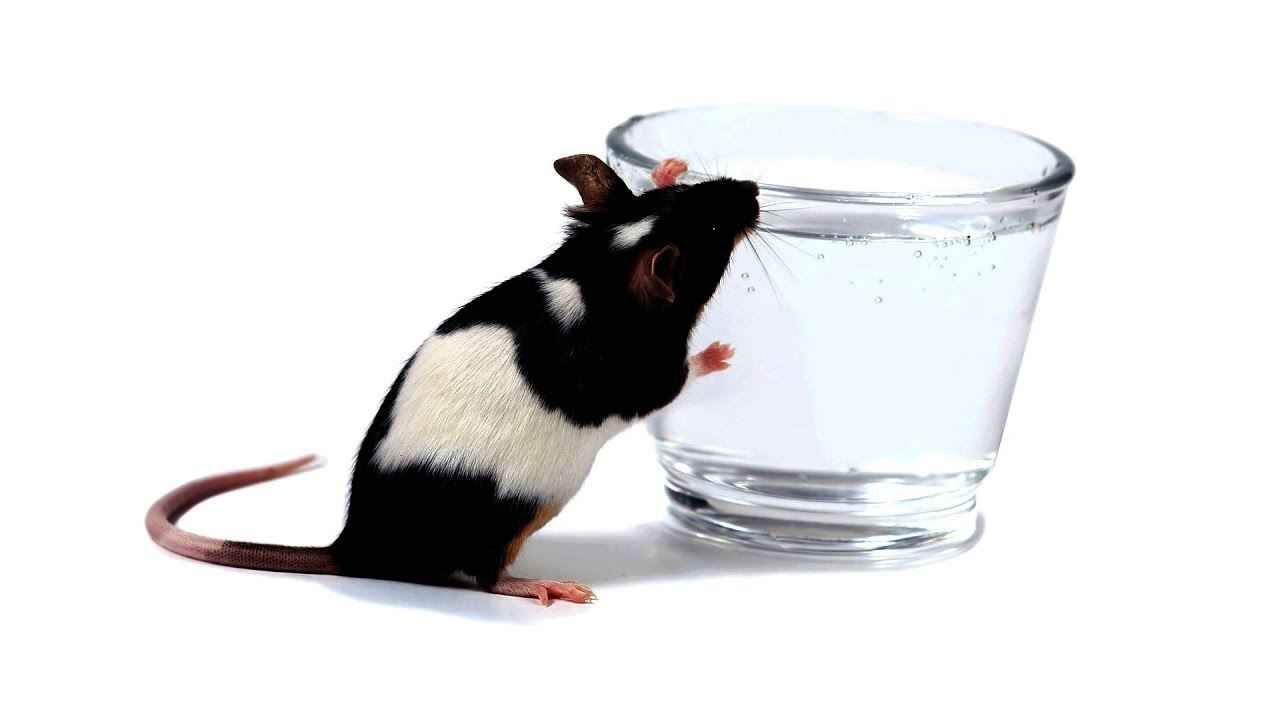




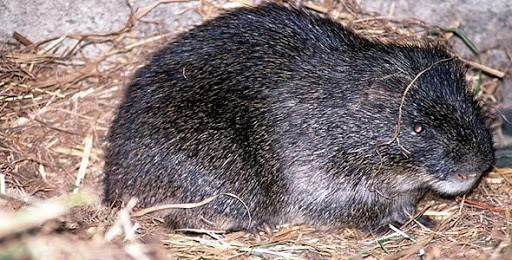

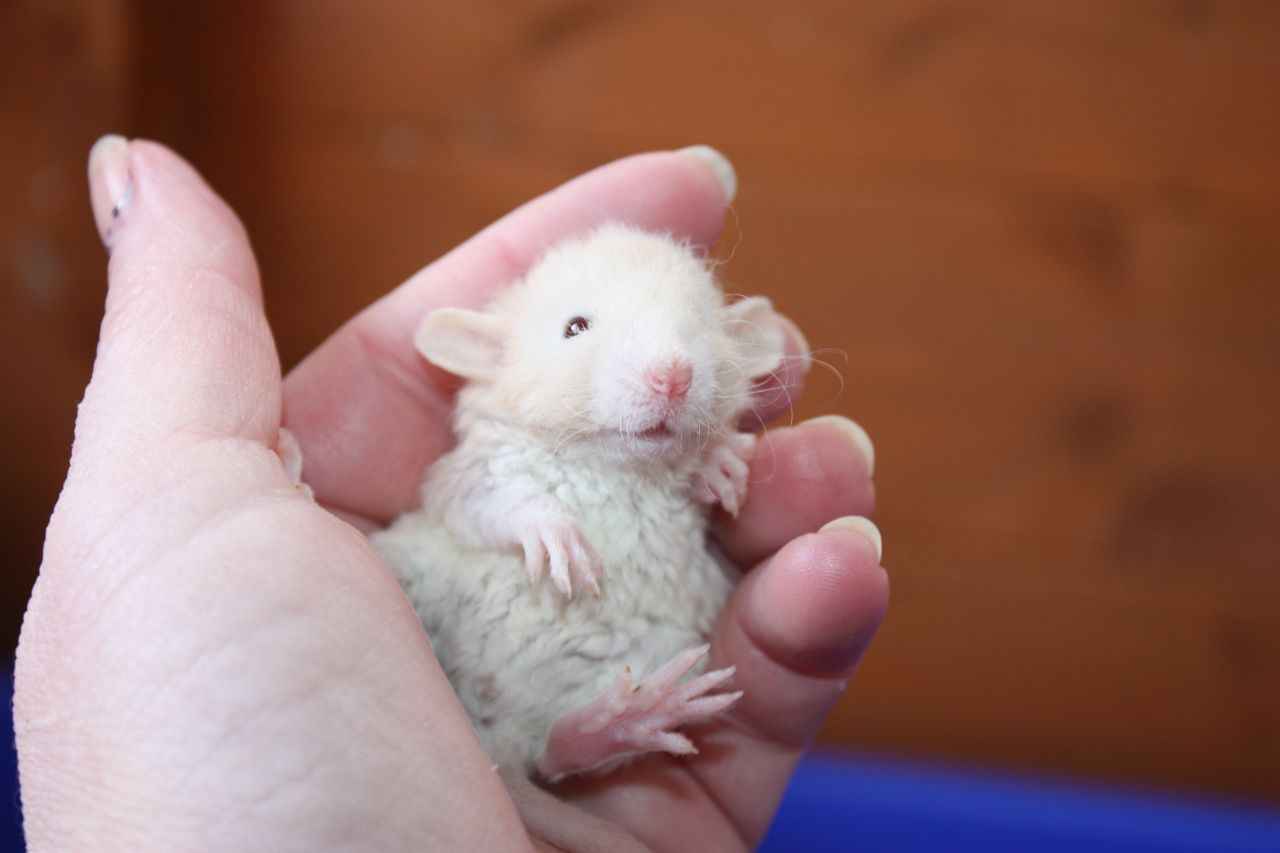




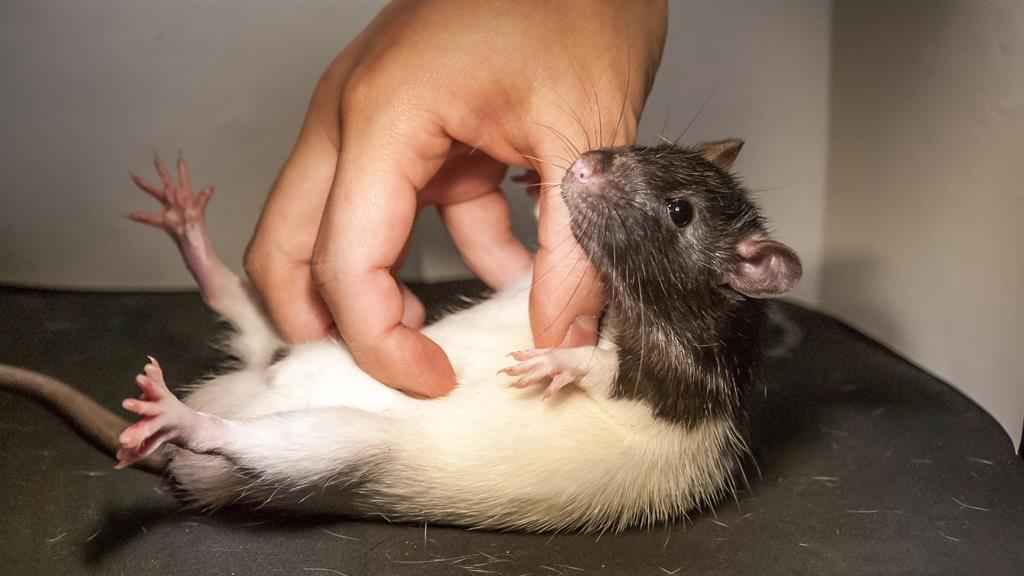



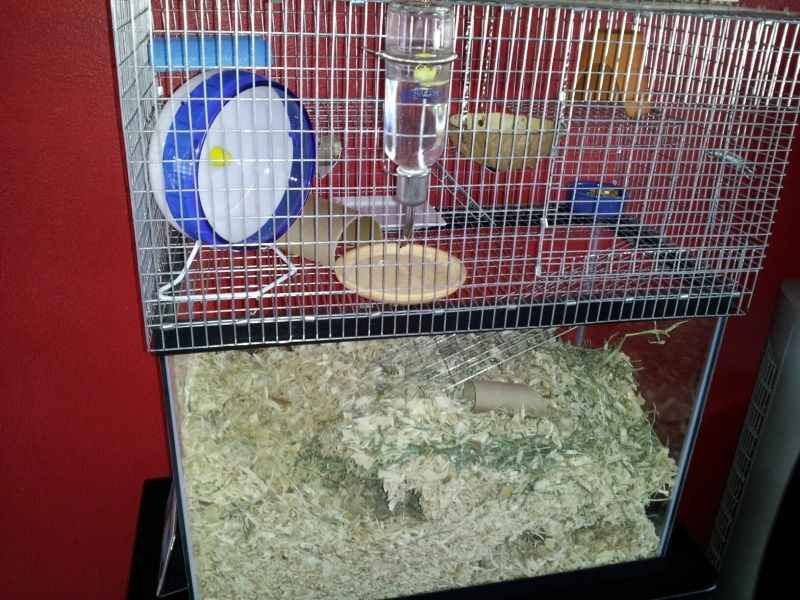








![Can Rats Eat Yogurt Treats? [Vanilla, Plain, Gerber]](https://basicrat.com/wp-content/uploads/2020/09/Can-Rats-Eat-Yogurt-Treats-Vanilla-Plain-Gerber.jpg)
